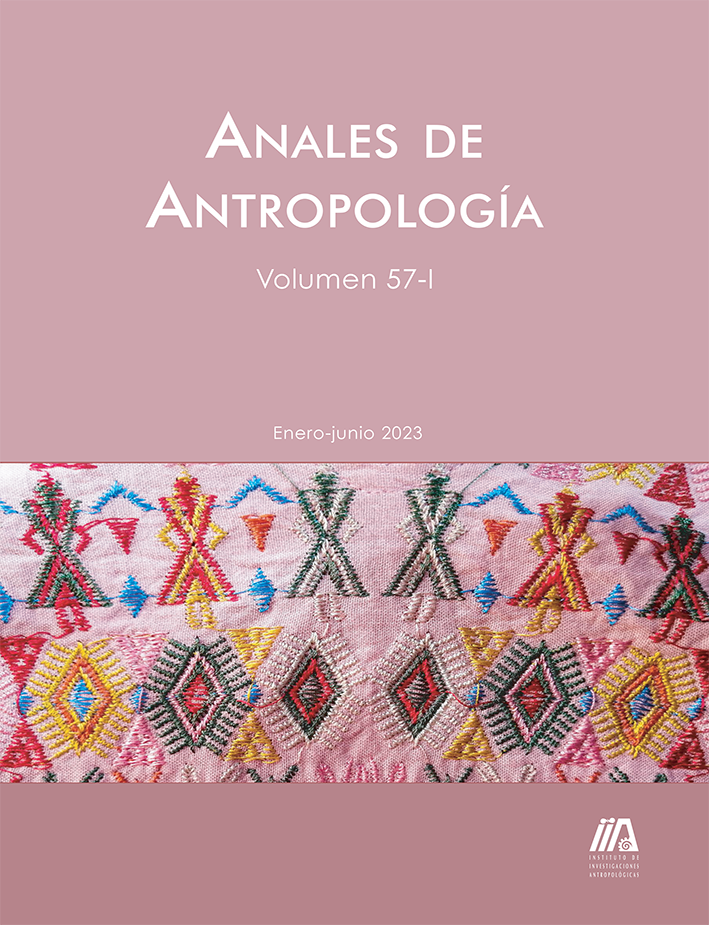Funerary collectivity: a truncated cone formation, Maltrata Valley, Veracruz
Main Article Content
Abstract
This research presents the analysis of the life history of a set of human bones located within a truncated cone formation in the Maltrata Valley, Mexico. Due to its secondary aspect in the archaeological context, it was necessary to carry out an archaeotanatological and funerary taphonomic analysis to know the history of the collective deposit. As a result of the analysis of the bone remains, we present the number of individuals, their biological profile and living conditions, in order to know who were buried in that space. It is concluded that it is a collective funerary context in primary principle and its secondary aspect shows the subsequent reuse for later burials within domestic environments destined to the common of the population; cultural practice shared during the Mesoamerican Preclassic.
Downloads
Article Details
Citas en Dimensions Service

This work is licensed under a Creative Commons Attribution 4.0 International License.
Esta revista usa una licencia CC del tipo CC BY-NC-ND 3.0. Se maneja bajo el esquema de acceso abierto, con una licencia Creative Commons Attribution-NonCommercial-NoDerivs 3.0 Unported.
